Years 5 and 6
Learning in Digital Technologies focuses on further developing understanding and skills in computational thinking such as identifying similarities in different problems and describing smaller components of complex systems. It also focuses on the sustainability of information systems for current and future uses.
By the end of Year 6, students will have had opportunities to create a range of digital solutions, such as games or quizzes and interactive stories and animations.
In Year 5 and 6, students develop an understanding of the role individual components of digital systems play in the processing and representation of data. They acquire, validate, interpret, track and manage various types of data and are introduced to the concept of data states in digital systems and how data are transferred between systems.
They learn to further develop abstractions by identifying common elements across similar problems and systems and develop an understanding of the relationship between models and the real-world systems they represent.
When creating solutions, students define problems clearly by identifying appropriate data and requirements. When designing, they consider how users will interact with the solutions, and check and validate their designs to increase the likelihood of creating working solutions. Students increase the sophistication of their algorithms by identifying repetition and incorporate repeat instructions or structures when implementing their solutions through visual programming, such as reading user input until an answer is guessed correctly in a quiz. They evaluate their solutions and examine the sustainability of their own and existing information systems.
Students progress from managing the creation of their own ideas and information for sharing to working collaboratively. In doing so, they learn to negotiate and develop plans to complete tasks. When engaging with others, they take personal and physical safety into account, applying social and ethical protocols that acknowledge factors such as social differences and privacy of personal information. They also develop their skills in applying technical protocols such as devising file naming conventions that are meaningful and determining safe storage locations to protect data and information.
(source: www.australiancurriculum.edu.au)
Achievement Standard
By the end of Year 6, students explain how social, ethical, technical and sustainability considerations influence the design of solutions to meet a range of present and future needs. They explain how the features of technologies influence design decisions and how digital systems are connected to form networks.
Students describe a range of needs, opportunities or problems and define them in terms of functional requirements. They collect and validate data from a range of sources to assist in making judgements. Students generate and record design ideas for specified audiences using appropriate technical terms, and graphical and non-graphical representation techniques including algorithms. They plan, design, test, modify and create digital solutions that meet intended purposes including user interfaces and a visual program. Students plan and document processes and resources and safely produce designed solutions for each of the prescribed technologies contexts. They negotiate criteria for success, including sustainability considerations, and use these to judge the suitability of their ideas, solutions and processes. Students use ethical, social and technical protocols when collaborating, and creating and communicating ideas, information and solutions face-to-face and online.
(source: www.australiancurriculum.edu.au)
Achievement Standard
By the end of Year 6, students explain the fundamentals of digital system components (hardware, software and networks) and how digital systems are connected to form networks. They explain how digital systems use whole numbers as a basis for representing a variety of data types.
Students define problems in terms of data and functional requirements and design solutions by developing algorithms to address the problems. They incorporate decision-making, repetition and user interface design into their designs and implement their digital solutions, including a visual program. They explain how information systems and their solutions meet needs and consider sustainability. Students manage the creation and communication of ideas and information in collaborative digital projects using validated data and agreed protocols.
(source: www.australiancurriculum.edu.au)
- Free Plan
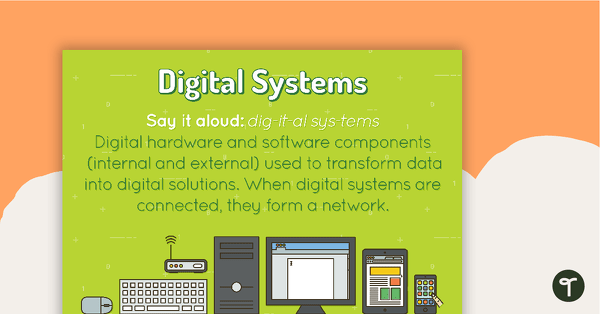
Digital Systems Poster
A poster showing the definition and an example of a digital system.
- Free Plan
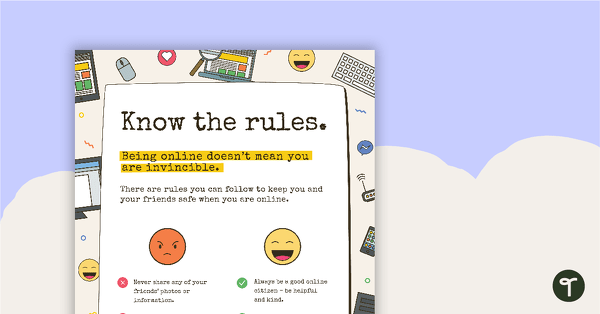
Cyber Safety Poster - Know the Rules
A cyber safety poster to help the students understand correct online behaviour.
- Free Plan
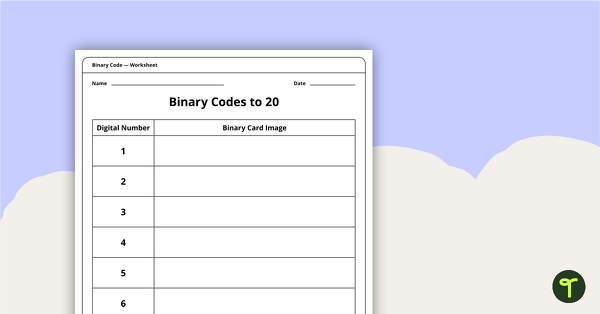
Binary Codes to 20 with Guide Dots - Worksheet
An activity for students to complete when learning how to read and write in code.
- Plus Plan
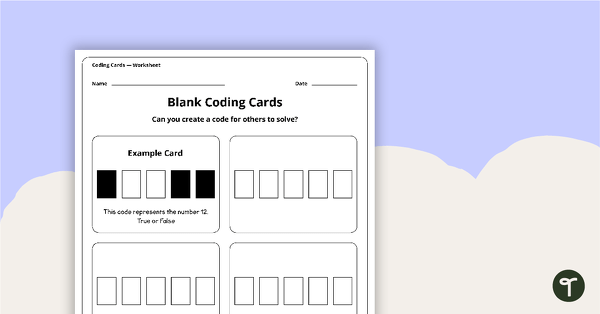
Blank Binary Coding Cards - Worksheet
A worksheet to assist students in creating their own binary codes.
- Plus Plan
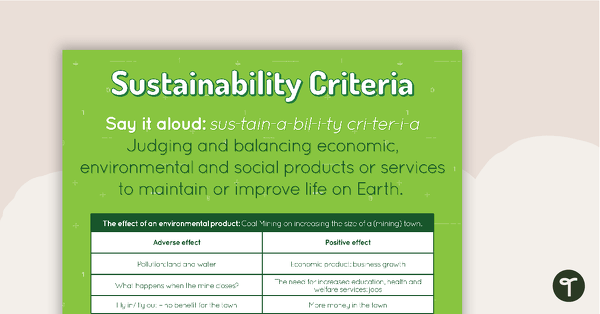
Sustainability Criteria Poster
A poster showing the definition and an example of sustainability criteria.
- Plus Plan
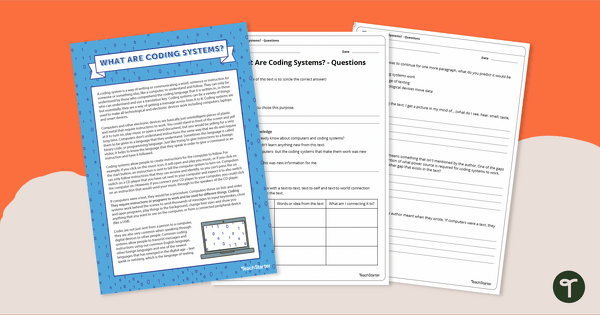
Comprehension - What Are Coding Systems?
Discover the history of technologies and coding systems with a reading comprehension activity.
- Plus Plan
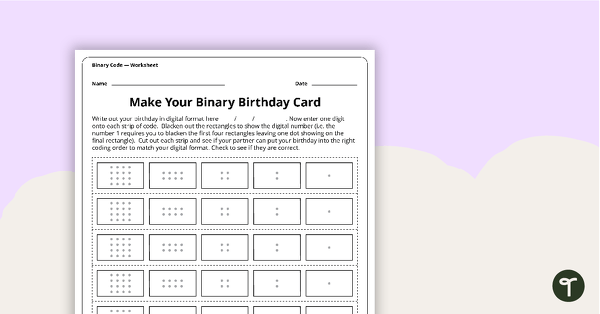
Make Your Binary Code Birthday Card Activity
A worksheet for students to use when learning about the total numeric value of a bit code.
- Plus Plan
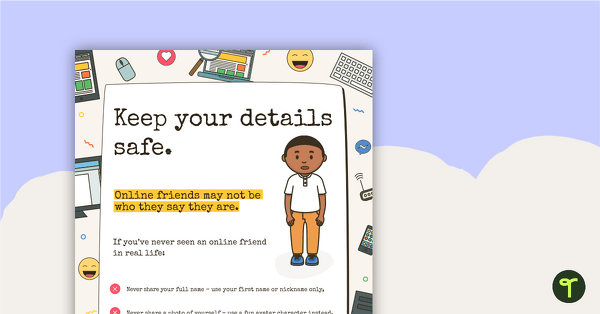
Cyber Safety Poster – Keep Your Details Safe
A cyber safety poster to help the students understand correct online behaviour.
- Plus Plan
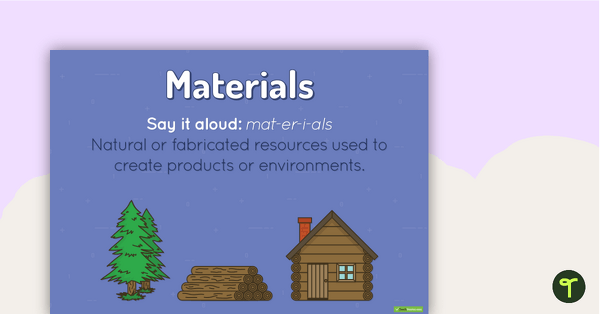
Materials Poster
A poster showing the definition and an example of materials.
- Plus Plan
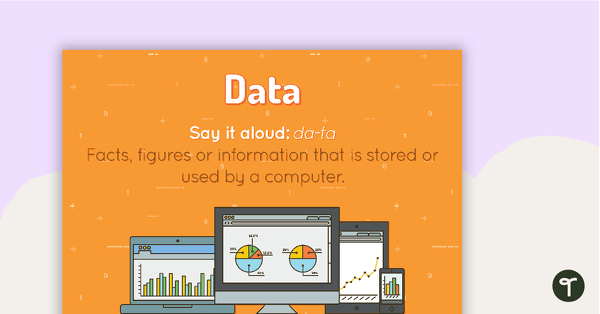
Data Poster
A poster showing the definition and an example of data.
- Plus Plan
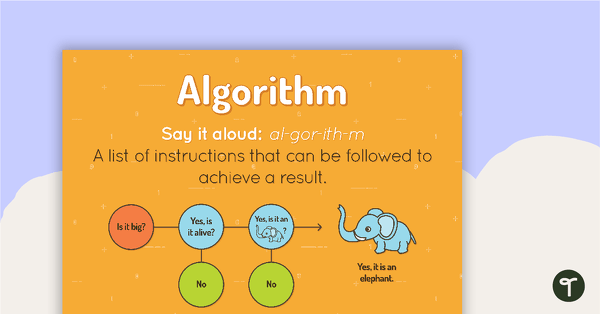
Algorithm Poster
A poster showing the definition and an example of an algorithm.
- Plus Plan
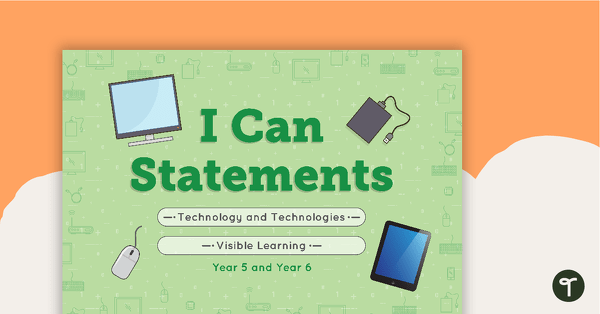
'I Can' Statements - Technology and Technologies (Upper Primary)
A set of 45 'I can' statement cards linked to the Australian Digital Technologies Curriculum.
- Plus Plan
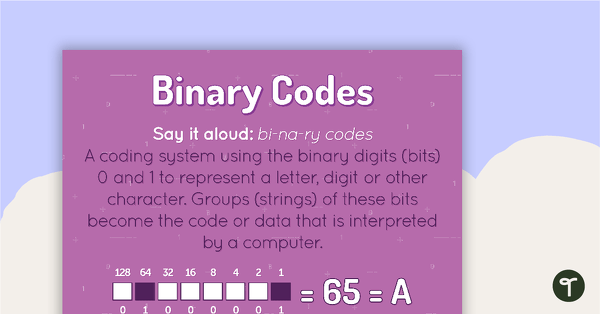
Binary Codes Poster
A poster showing the definition and an example of binary codes.
- Free Plan
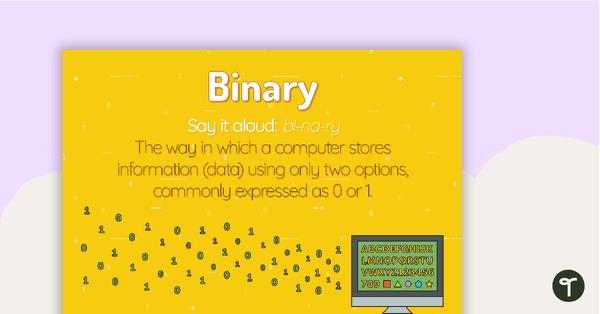
Binary Poster
A poster showing the definition and an example of binary.
- Free Plan

Friend or Foe? Positive and Negative Effects of Technology Worksheet
Exploring the positive and negative effects of technology in the community with classroom discussion and worksheets.
- Plus Plan
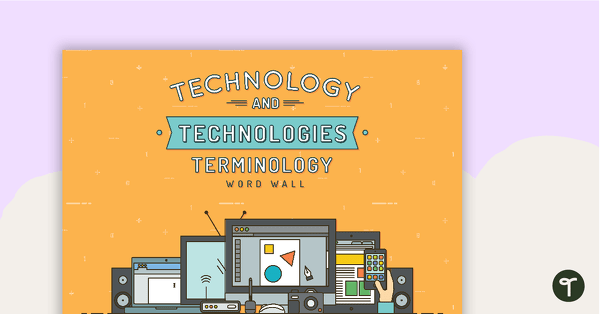
Technology and Technologies Terminology - Word Wall
96 vocabulary word wall cards and a poster about technology, to display in your classroom.
- Plus Plan

8-bit Coding Card Packs with Activities
A set of 8-bit coding cards with associated activities to assist students in understanding 8-bit coding.
- Plus Plan

Reading 8-bit ASCII Codes - Worksheet
A worksheet to assist students in understanding what actual computer code (ASCII- current 8-bit version) looks like.
- Plus Plan
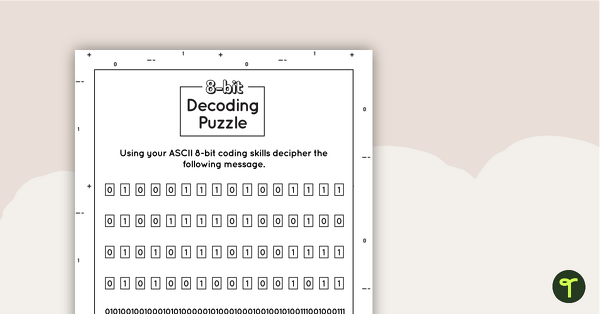
8-bit Decoding Puzzle
A puzzle for students to solve when consolidating their understanding of coding.
- Plus Plan
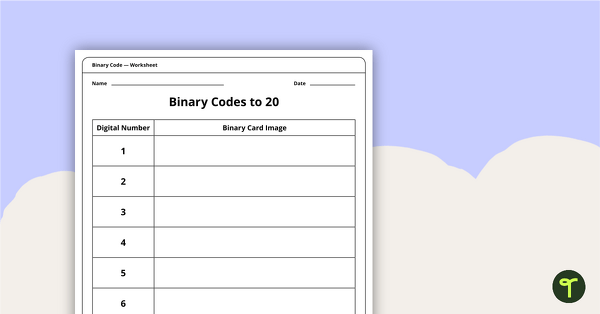
Binary Codes to 20 without Guide Dots - Worksheet
An activity for students to complete when learning how to read and write in code.
- Plus Plan
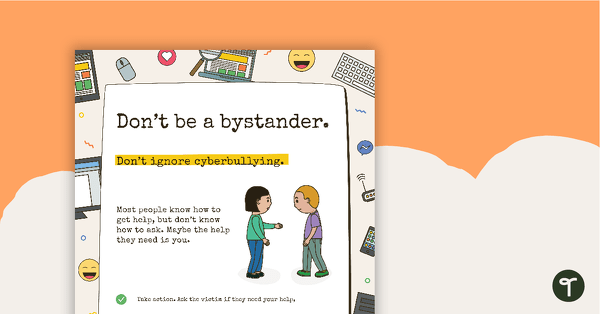
Cyber Safety Poster - Don't Be a Bystander
A cyber safety poster to help the students understand correct online behaviour.
- Plus Plan
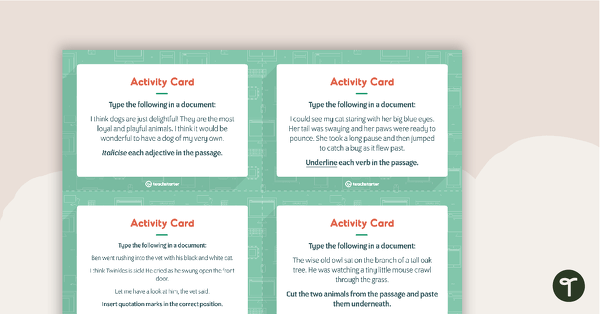
Word Processing Activity Cards
16 activity cards for students to use to practise their word processing skills.
- Free Plan
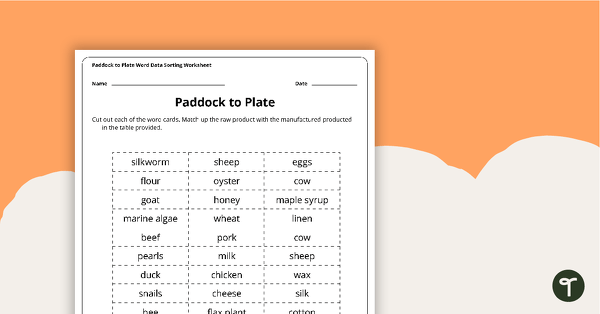
Paddock to Plate Data Sorting Worksheet
A cut and paste sorting worksheet for use when learning about raw and manufactured products.
- Plus Plan
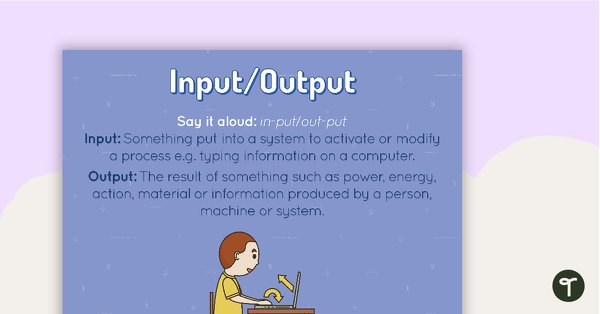
Input/Output Poster
A poster showing the definition and an example of an input and an output.
- Plus Plan
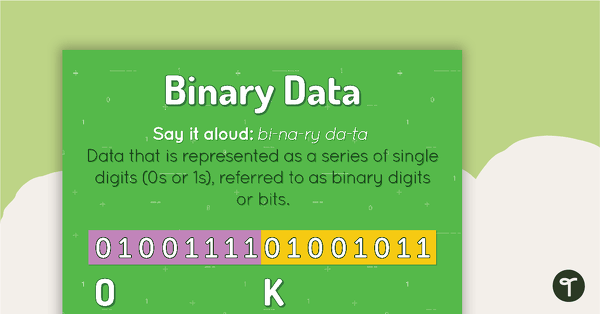
Binary Data Poster
A poster showing the definition and an example of binary data.
- Plus Plan
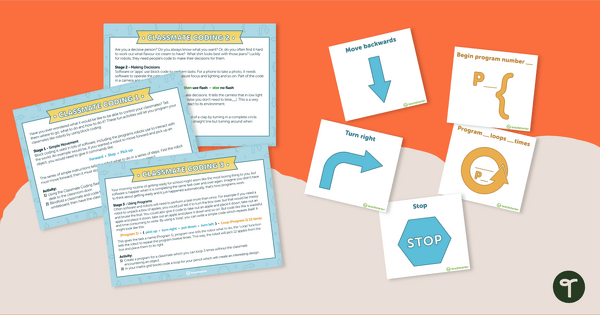
Classmate Coding - Flashcards and Activities
Introduce your students to the concept of coding by having them "program" a classmate using coding cards.
- Plus Plan
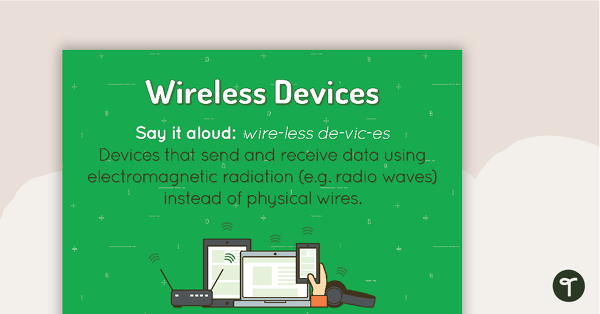
Wireless Devices Poster
A poster showing the definition and visual representations of wireless devices.
- Plus Plan
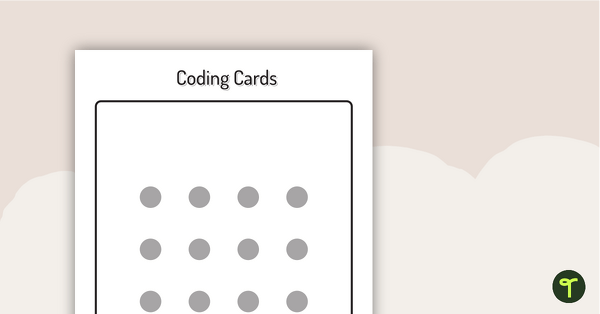
Binary Coding Cards
Use these binary coding cards to demonstrate how to ‘switch’ a ‘digit’ on or off.
- Plus Plan
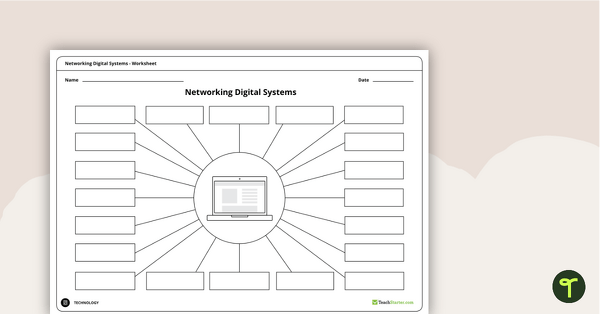
Networking Digital Systems Brainstorming Worksheets
A brainstorming sheet that encourages students to consider all possible devices that can be networked with a laptop, a computer and a tablet.
- Plus Plan
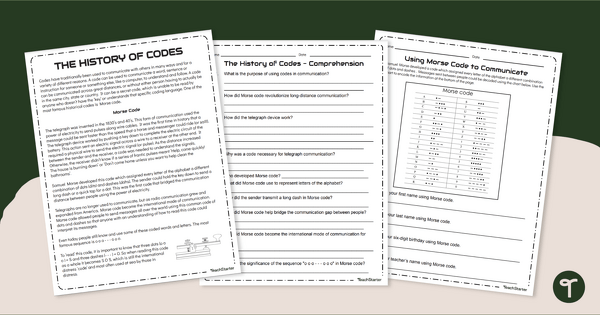
The History of Codes - Comprehension Worksheet
Learn about the history and development of Morse code with a comprehension worksheet.
- Plus Plan

Positive Impacts of Technology Worksheet
Exploring the positive impacts of technology in the community with a pair of printable worksheets.
- Plus Plan
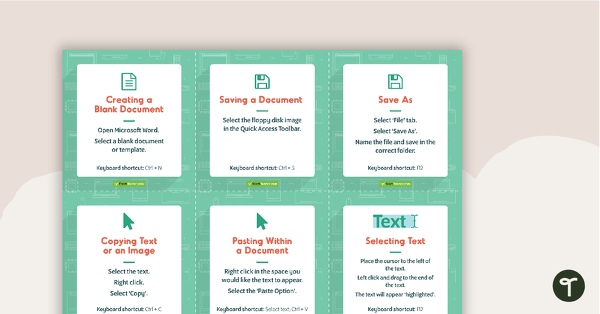
Word Processing Skills Task Cards
48 skills cards for students to use to enhance their word processing skills.